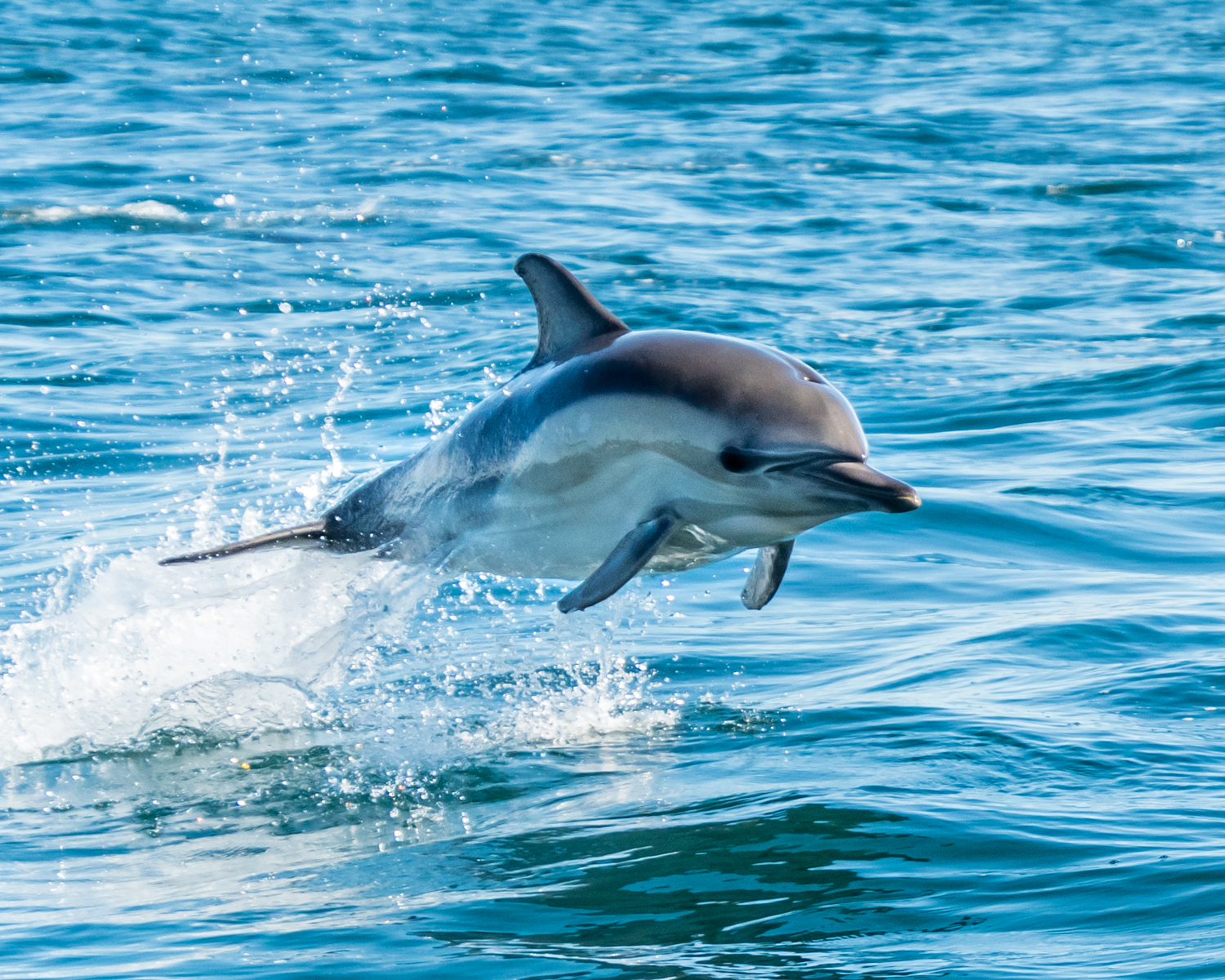Discover Just How Dolphin Facts Show Their Solid Bond with Humans
Study the Ocean: Fascinating Dolphin Facts for Ocean Lovers
The globe of dolphins presents a remarkable intersection of knowledge, social behavior, and ecological significance. From their complicated communication techniques to their remarkable analytical capacities, dolphins challenge our understanding of animal knowledge.
Dolphin Types Diversity
Diversity is a hallmark of the dolphin household, incorporating a large range of species that display distinctive physical attributes, behaviors, and environments. The household Delphinidae, generally referred to as nautical dolphins, consists of around 37 types, each adapted to details environmental niches. For instance, the bottlenose dolphin (Tursiops truncatus) is renowned for its knowledge and versatility, prospering in both open and coastal ocean settings.
On the other hand, the orca (Orcinus whale), often referred to as the killer whale, is the largest member of the dolphin household and is identified by its striking black-and-white coloration. Orcas demonstrate intricate social structures and searching strategies, showcasing the behavioral diversity within the family members. Other varieties, such as the rewriter dolphin (Stenella longirostris), are noted for their acrobatic display screens and preference for warmer waters, highlighting the flexibility of dolphins to various aquatic ecological communities.
Furthermore, river dolphins, including the pink river dolphin (Inia geoffrensis), occupy freshwater settings, better illustrating the varied habitats that dolphins occupy. Dolphin Facts. This incredible variety not just improves marine environments but additionally stresses the importance of conservation efforts to safeguard these impressive animals and their environments
Social Behavior and Interaction
The intricate social habits and interaction techniques of dolphins are crucial components of their existence, helping with team cohesion and improving survival. These very smart marine mammals exhibit facility social structures, often creating vessels that can range from a few individuals to over a hundred. Within these teams, dolphins participate in behaviors such as cooperative hunting, social play, and shared defense, which promote strong bonds amongst members.
Dolphins use a sophisticated variety of vocalizations, consisting of clicks, whistles, and body movement, to communicate info and share emotions. Their trademark whistles act as one-of-a-kind identifiers, comparable to names, allowing people to call out to one an additional. This vocal communication is complemented by non-verbal signals, such as leaping, slapping the water, and synchronized swimming, which additionally enhances their communications.

Unique Feeding Behaviors
Special feeding habits characterize dolphins, showcasing their versatility and intelligence in numerous marine settings. These marine creatures are known for their varied diet regimens, which mainly contain fish, squid, and crustaceans. Their searching methods can differ substantially, typically customized to the certain target and environmental problems.
One notable method is participating searching, where more dolphins operate in teams to herd schools of fish right into limited formations, making it much easier for people to capture their dish. This social habits not only boosts their feeding effectiveness however also reinforces social bonds within the husk. In addition, dolphins have been observed using a strategy called "fish-whacking," where they use their tails to disorient or stun fish, helping with much easier capture.
One more interesting feeding practice is echolocation, which enables dolphins to detect prey even in dirty waters. Overall, the one-of-a-kind feeding behaviors of dolphins highlight their role as skilled predators within the marine ecosystem, demonstrating both intelligence and resourcefulness.
Knowledge and Trouble Solving
Their knowledge is apparent in their analytical skills, social interactions, and capacity for understanding. Research has demonstrated that dolphins can utilize tools, such as utilizing marine sponges to secure their rostrums while foraging on the seafloor.
In addition, dolphins show sophisticated communication abilities, using an intricate system of clicks, whistles, and body language. Dolphin Facts. This interaction is essential for working with team activities, such as searching and mingling, showing their capacity to work collectively towards a typical objective. Their capacity to recognize abstract concepts, consisting of self-recognition in mirrors, better stresses their cognitive sophistication
In regulated studies, dolphins have revealed a capacity to solve problems and do tasks that need both memory and vital reasoning. These communications indicate not only intelligence yet additionally a desire to involve with their environment in unique ways. Generally, the cognitive prowess of dolphins puts them among one of the most intelligent types on earth, fostering a deeper recognition for their role in aquatic ecological communities.
Conservation and Environmental Impact
Conservation initiatives intended at additional hints securing aquatic communities are vital for preserving dolphin populations and their environments. Dolphins are highly sensitive to ecological changes, and their survival is delicately linked to the health and wellness of oceanic ecological communities. Overfishing, air pollution, and environment modification present significant dangers to both dolphins and their settings.
Overfishing interferes with the food web, bring about a decline in victim species vital for dolphin survival. In addition, pollutants such as plastics and chemicals gather in marine atmospheres, threatening dolphins with consumption and bioaccumulation. Boosted water temperatures and sea acidification, effects of environment modification, further jeopardize the fragile equilibrium of marine ecosystems, influencing dolphin breeding and migratory patterns.
By focusing on preservation initiatives, we can guarantee that future generations enjoy this website the appeal and vitality of dolphins and the oceans they live in. Shielding marine ecological communities is not just regarding saving dolphins; it is regarding maintaining the elaborate internet of life that sustains us all.
Final Thought
Dolphins exemplify the intricacy and splendor of marine life through their varied species, elaborate social structures, and advanced cognitive capacities. As vital elements of marine ecological communities, dolphins highlight the requirement of ongoing conservation initiatives to protect their environments.
Other varieties, such as the rewriter dolphin (Stenella longirostris), are noted for their acrobatic screens and preference for warmer waters, highlighting the flexibility of dolphins to different marine communities.
In general, the one-of-a-kind feeding behaviors of dolphins highlight their duty as skilled predators within the aquatic ecological community, showing both knowledge and resourcefulness.
On the whole, the cognitive expertise of dolphins puts them amongst the most smart types on the earth, cultivating a much deeper appreciation for their function in aquatic ecosystems.
